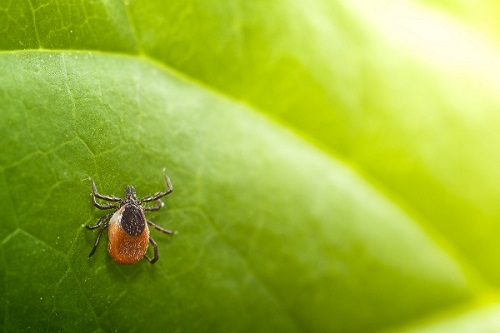With all that curiosity and energy, babies and children are naturally prone to accidents. All parents should consider attending a simple first aid course to learn the basic skills needed to react calmly and efficiently to different situations.
We’ve gone through some of the key things parents need to be aware of to keep their children safe and healthy!
Choking
Getting objects or food stuck in an airway can be very distressing for an infant. However, if a child is crying, they are not choking. If they are unable to breathe, cough or cry and you believe they have an obstruction in their throat:
- Lay them face down on your forearm, with the head down low and supporting the body and head
- Give up to 5 back blows between the shoulder blades with the heel of your hand. Check between each blow to see if the blockage has cleared.
- If the obstruction is still present after 5 back blows, put the infant onto their back, position two fingers in the centre of their chest and give 5 chest thrusts at a rate of approximately 1 per second
- Alternate between 5 back blows and 5 chest thrusts. If the obstruction still does not clear, call for an ambulance – but don’t leave the infant unattended.
- Continue the sequence until emergency help arrives
Anyone who has been treated for choking in this way should see their doctor after the incident.
Infant or Child Burns
- Cool down minor burns by holding under cold running water
- Cover with clean cling film or a loose, sterile bandage
- Seek medical assistance if you are unsure of the severity of the burn
Bleeding
Blood loss should be treated as quickly as possible and you should wear disposable gloves if available.
If NOTHING is embedded in the wound:
- Press on the wound with your hand over a clean pad
- Secure with a bandage
- Raise the wound above the level of the heart
- Call for an ambulance
If SOMETHING is embedded in the wound:
- Do not press on the object
- Instead, press either side of the object and build up padding around it before bandaging to avoid putting pressure on the object itself
- Get the person to hospital as quickly as possible
First aid box
You should keep a basic first aid box in your kitchen, bathroom and car. Essential items include:
- Bandages, including a roll of elastic wrap and plasters in assorted sizes
- Instant cold packs
- Disposable latex or synthetic gloves
- First-aid manual
- Sterile eyewash, such as a saline solution
- Triangular bandage
- Antibacterial ointment
- Home burns gel or spray
Not sure when to call the doctor? Learn more here.
First aid for babies
Babies need extra vigilance in their first few months. Here are some safety hazards you may not have thought of:
- Falling or wiggling off an elevated surface – make sure you always keep one hand on your baby.
- Bath water that is too hot for their delicate skin – water temperature should be between 32 and 36 degrees Celsius so dip an elbow or baby thermometer into the water to check it isn’t too hot.
- Unsafe sleep positions and environments – make sure there is no risk of suffocation or strangulation.
- Unsafe car travel – ensure that you have a properly fitted car seat.
- Leaving a bottle propped in a newborn’s mouth – if something needs your attention during a feed, ask for help or take the bottle with you.
- Choking, strangulation or suffocation – from ribbons, strings or ties around the neck of clothing. Always remove bibs or potentially hazardous clothes or items before putting baby to bed. Also remove cot bumpers, pillows and soft toys from the cot to decrease the risk of SIDS.
- Scalding from a hot drink .- don’t drink a hot drink while nursing your baby and make sure friends and relatives don’t either.
When do I call for help?
It is important to know when you need to call for emergency help. Attending a proper first aid course will teach you to identify the sometimes subtle symptoms and signs that will help you determine whether or not to call 999/112. This list includes times when you should immediately make the call:
- An unconscious or unresponsive child or infant
- Deteriorating levels of responsiveness e.g. post head injury
- A choking child that still has an obstruction after you have tried three cycles of the choking relief
- Extreme allergic reactions which are causing swollen airways and breathing difficulty
- Prolonged asthma attack
- Amputation
- Severe eye injury
- Meningitis – The red flags are cold hands and feet; pain in the limbs or joints; and abnormal skin colour while other signs can include high temperature; a blotchy purple rash which doesn’t fade when squashed with a glass tumbler; drowsiness; severe headache; and a stiff neck
- Febrile convulsions (fits that occur with a high temperature) that last for more than three minutes and other fitting
- Extremely high temperatures
- If your child has ingested a poison
- Severe burns
It is also a good idea to research and print a list of essential numbers, such as your doctor and hospital, and keep by the phone or fridge. For more information on paediatric and family first aid look at the Red Cross website here.
maternity&infant
Originally posted 2017-09-29 11:06:28.









